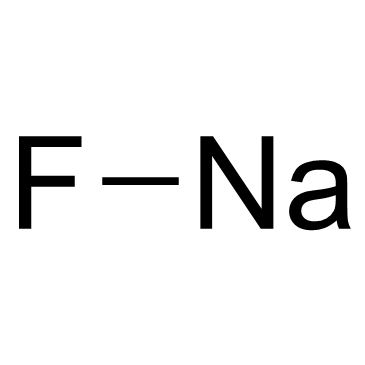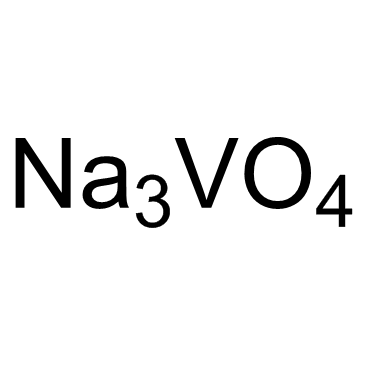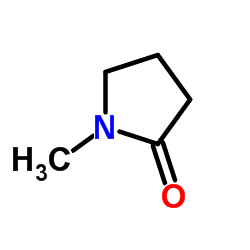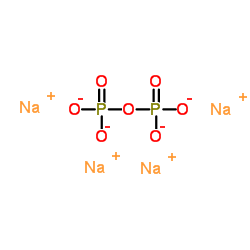| Structure | Name/CAS No. | Articles |
|---|---|---|
 |
Sodium Fluoride
CAS:7681-49-4 |
|
 |
Ethanol
CAS:64-17-5 |
|
 |
HEPES
CAS:7365-45-9 |
|
 |
Sodium orthovanadate
CAS:13721-39-6 |
|
 |
Ethylenediaminetetraacetic acid
CAS:60-00-4 |
|
 |
N-Methylpyrrolidone
CAS:872-50-4 |
|
 |
Tetrasodium pyrophosphate
CAS:7722-88-5 |